Civil Rights / Cold War
Everyday Life
After World War II, more people moved to Tennessee cities from rural areas as industries and businesses offered more job opportunities.
Tennesseans adapted to new types of jobs, new technologies, and cultural changes during the 1950s, 1960s, and 1970s. People enjoyed the prosperity that came as the result of a thriving economy.
Cities began to change as many middle class people began to move to areas just outside the downtown area called suburbs.
As shopping centers were built near suburbs, people stopped shopping at downtown stores. This caused a decline in the inner cities as empty store fronts increased.
Urban renewal programs were popular during the 1940s to the 1970s. This involved removing existing housing or rundown businesses and replacing them with new buildings. Eventually it became less popular because it destroyed neighborhoods.
Cities began to change as many middle class people began to move to areas just outside the downtown area called suburbs.
As shopping centers were built near suburbs, people stopped shopping at downtown stores. This caused a decline in the inner cities as empty store fronts increased.
Urban renewal programs were popular during the 1940s to the 1970s. This involved removing existing housing or rundown businesses and replacing them with new buildings. Eventually it became less popular because it destroyed neighborhoods.
Since the economy brought about new jobs and better wages, Tennesseans began to spend money on new consumer goods and activities. People wanted to buy the newest items.
Parents had more money to spend on their children than ever before. The toy industry grew as children wanted the most popular toys, and their parents wanted to buy the toys for them.
Parents had more money to spend on their children than ever before. The toy industry grew as children wanted the most popular toys, and their parents wanted to buy the toys for them.
Teenagers became big consumers. Radio stations increased after the war, and unlike before the war, many played music that catered to teenagers.
Television helped spread music, cultural trends, and fashion ideas. Teenagers wanted to buy clothing like their favorite singers or movie stars were wearing. For example, Tennessean and popular singer Pat Boone helped make white buck shoes popular in the 1950s.
Television helped spread music, cultural trends, and fashion ideas. Teenagers wanted to buy clothing like their favorite singers or movie stars were wearing. For example, Tennessean and popular singer Pat Boone helped make white buck shoes popular in the 1950s.
Artists from outside the state relocated to Tennessee not only to paint but to help start new art programs. Schools, community centers, and colleges offered more art classes to children and adults.
Healthcare changed dramatically during this time. These changes helped Tennesseans to live longer and achieve a better quality of life than before the war.
Healthcare changed dramatically during this time. These changes helped Tennesseans to live longer and achieve a better quality of life than before the war.
The way Tennesseans voted reflected these changing times. Unlike past elections, people began to elect moderate politicians to represent them. Many of these leaders would help take Tennessee into a period of greater equality for all of her citizens.
Picture Credits:
- Children had more leisure time and more money to spend on toys and clothing in this era, but they found enjoyment in activities that children in early times would have done---such as turning a cartwheel in the grass. Here Ann Carpenter turns a cartwheel for a photographer at Natchez State Park in 1952. TN Dept. of Conservation Photograph Collection, Tennessee State Library and Archives
- A photograph of a boy, probably the son of Stanley Horn, watching television in 1950. The television is a black and white Motorola brand. In 1950 television was a relatively new technology. Tennessee State Museum Collection, 92.85.2
- This area west of the capitol shown in the 1940s was torn down as part of urban renewal. Today, James Robertson Parkway runs perpendicular to the street in the middle of the photograph. None of the housing, with the exception of the capitol and the Supreme Court building at the right, still exists. Nashville Archives
- Photograph of two children in the Children's Room at the Lawson McGhee Library in Knoxville in 1947. The children are identified as Rick Johnson and Patty Parker. Image 200+021-008, C.M. McClung Historical Collection, Knox County Public Library
- Badminton was a popular sport in this era. Here sisters Shirley and Lucy Tritschler play a game in 1952 at Cumberland Mountain State Park while others watch. TN Dept. of Conservation Photograph Collection, Tennessee Library and Archives
- A group of youngsters visiting the Memphis zoo in 1965 watch a bear in his enclosure. TN Dept. of Conservation Photograph Collection, Tennessee State Library and Archives
- Pop-up photograph of boarded up buildings on Beale street in 1973 before urban renewal improvements were made. Photograph by Barney Sellers, Memphis Commercial Appeal. Tennessee State Museum Collection
Civil Rights / Cold War >> Everyday Life >>
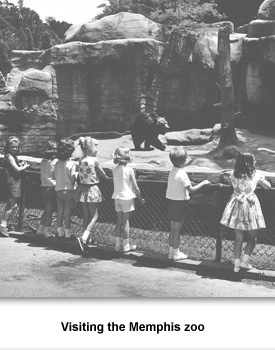
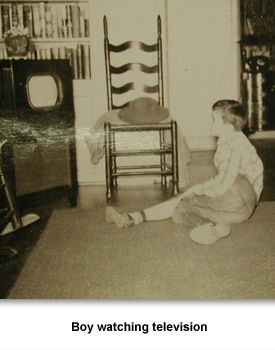
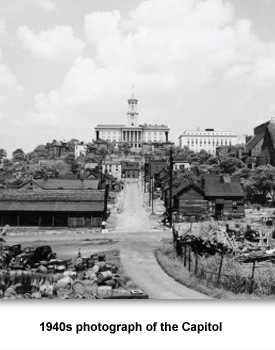
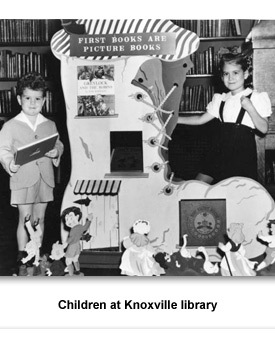
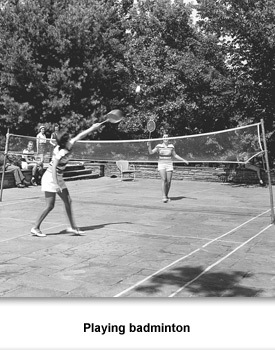
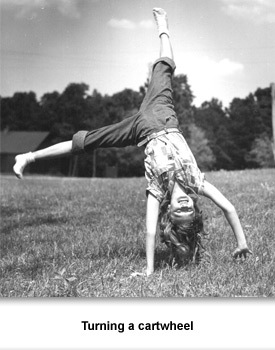
 Sponsored by: National Endowment for the Humanities
Sponsored by: National Endowment for the Humanities